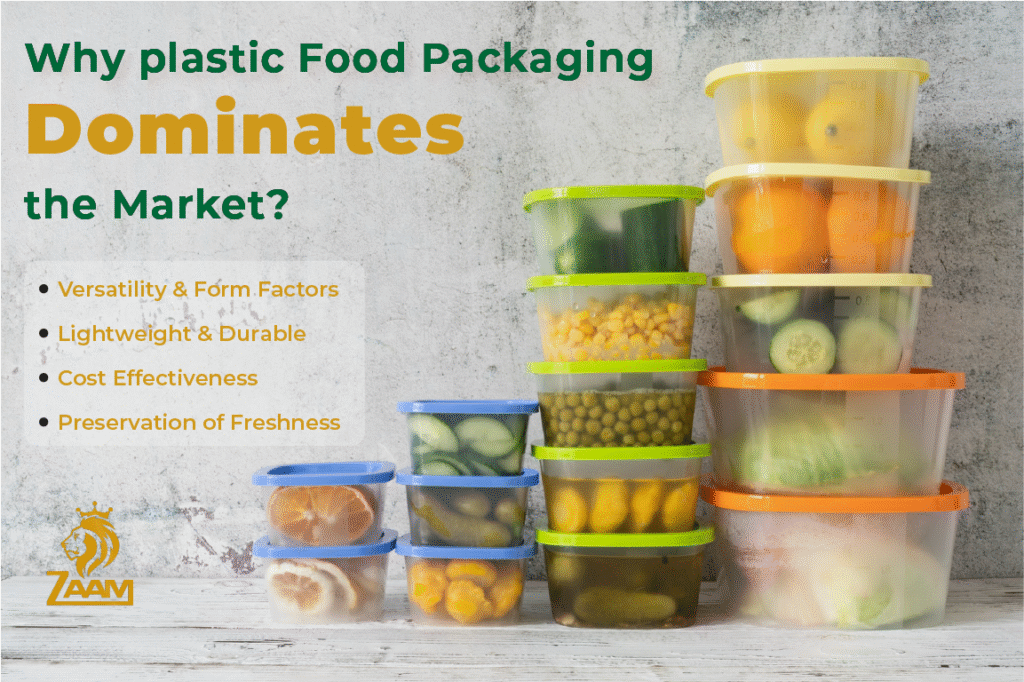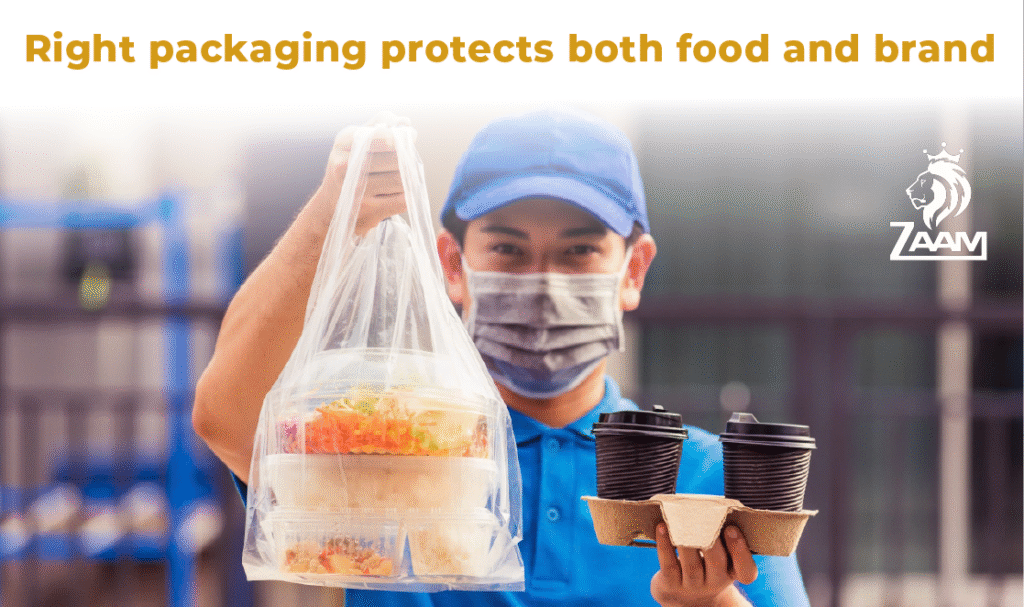Plastic Food Packaging: Safe, Scalable and BPA-Free Solutions for Businesses Leave a comment
In today’s fast‑paced food industry, plastic food packaging is everywhere—whether it’s plastic food containers for meal prep, plastic trays for food packaging in cafeterias, plastic cups for takeaway drinks, or plastic lunch boxes for on‑the‑go meals. Their lightweight, durable, and affordable nature has driven mass adoption across restaurants, retailers, and delivery services. Yet, convenience can’t come at the expense of safety: only food grade plastic packaging that adheres to strict certifications—such as BPA‑free plastic food containers—can protect consumers’ health and preserve your brand’s reputation.
Why Plastic Food Packaging Dominates the Market
Versatility & Form Factors:
- Plastic food containers: Ideal for storing everything from salads to sauces.
- Plastic trays for food packaging: Perfect for delis, cafeterias, and bakery displays.
- Plastic cups for takeaway drinks: Lightweight, leak‑resistant, and stackable.
- Plastic lunch boxes for packaging: Resealable clamshells and bento‑style boxes serve busy consumers.
Lightweight & Durable:
- Compared to glass or metal, plastic is far less prone to breakage, reducing product loss during transport.
Cost‑Effectiveness
- Bulk orders of disposable plastic food containers are significantly cheaper, making them a go‑to for high‑volume operations.
Preservation of Freshness
- Properly sealed food grade plastic packaging extends shelf life by minimizing exposure to air and moisture.

The Hidden Dangers of Non‑Compliant Packaging
Not all plastics are equal. When non‑food grade materials contact hot, oily, or acidic foods, harmful chemicals like BPA and phthalates can leach into meals. Using non‑certified plastic food containers may:
- Contaminate food with toxins
- Cause long‑term health issues (hormone disruption, cancer risks)
- Trigger regulatory fines and forced recalls
- Damage brand reputation, losing customer trust

Essential Food Safety Standards & Certifications
When sourcing plastic food packaging, verify these marks
- FDA Approval (USA): Ensures plastics like PET, PP, HDPE are safe for direct food contact.
- EU 10/2011 Regulation (Europe): Controls migration limits of chemicals into foods.
- LFGB Certification (Germany): One of the strictest European standards for food‑contact materials.
- Food Safe Symbol (Cup & Fork Icon): Instant visual cue that packaging is tested for food safety.
- BPA‑Free / Phthalate‑Free Labels: Indicates absence of harmful additives, crucial for BPA‑free plastic food containers.

How to Choose the Right Plastic Packaging for Your Business
Match Material to Food Type
- Hot meals (soup, pasta): Use heat‑resistant plastics like PP.
- Cold or acidic foods: PET or specially formulated HDPE to avoid chemical migration.
Select the Proper Format
- For fresh produce: plastic trays for food packaging with vent holes.
- For grab‑and‑go beverages: plastic cups for takeaway drinks with secure lids.
- For meal kits: stackable plastic lunch boxes for packaging and compartmented clamshells.
- For bulk distribution: large disposable plastic food containers that seal tightly.
Verify Supplier Credentials
- Work with reputable suppliers (e.g., Zaam International) who provide full certification dossiers and batch‑lot traceability.
Branding & Functionality
- Clear plastic cups or containers showcase product quality.
- Matte‑finish or colored plastic can elevate premium branding.
- Consider reusable vs. disposable options to align with sustainability goals.

Balancing Convenience with Eco‑Responsibility
Modern plastic innovations offer greener alternatives:
Recyclable Plastics (PET, HDPE)
- Widely accepted in municipal recycling streams.
Biodegradable Bioplastics & PLA
- Ideal for cold foods, but confirm composting infrastructure.
Reusable Systems
- Encourage customers to return plastic lunch boxes or trays for refill programs

Conclusion
From plastic food containers to trays, cups, and lunch boxes, plastic packaging offers unmatched convenience for food businesses.
But safety, quality, and the right packaging format are still non-negotiable.

👉 Zaam International helps you find the right manufacturing partners—trusted plastic packaging producers that meet your specific needs in safety, functionality, and customization.
We don’t manufacture the products ourselves. Instead, we use our sourcing expertise to connect you with:
- Manufacturers that offer BPA-free, food-grade options
- Custom packaging formats for various food types
- Scalable production for retail, delivery, or takeaway models
Need reliable, certified plastic packaging for your business?
👉 Let Zaam International connect you with manufacturers that deliver safety, scale, and quality.
